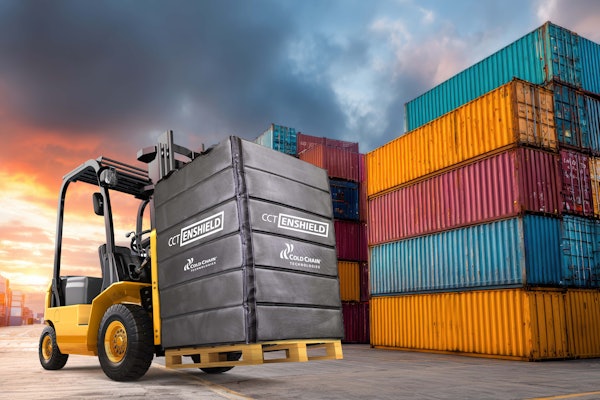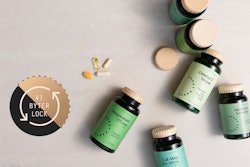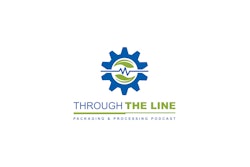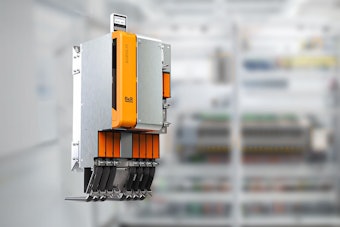Testing Tip #1: Define the testing objectives and required testing outcomes.
• Is the testing exploratory or design feasibility testing? Define what you want to learn. Be honest regarding what is known about the performance of your package design.
• Is the testing considered validation for a regulatory submission and compliance for the relevant industry standard(s)? Invest the time into reviewing and interpreting the relevant industry packaging standards (example ISO 11607 parts 1 and 2 and the AAMI Technical Information Report TIR 22). Seek guidance and expertise prior to executing testing.
Testing Tip #2: Determine the value proposition for insourcing versus outsourcing the testing activities.
• Review internal test capabilities versus the project goals. Is the appropriate test equipment in-house? Is there expertise to correctly run the test equipment in-house? What is the leadtime and availability of equipment and staff to meet the project timeline?
• Evaluate external providers. Assure depth of expertise of the outsourced testing provider. Evaluate the testing lab's industry experience and knowledge. Can the testing services provider speak with authority on package materials and designs and the relevant testing methods for package validation? Can the testing provider suggest test methods to help you explore your package design? Does the testing provider hold any relevant industry certifications?
Testing Tip #3: Define the testing protocol with appropriate test methods and acceptance criteria.
• Define statistically relevant test sample sizes based on your testing objectives and your company's risk management policy and statistical rationale. Define pass/fail criteria.
• If outsourcing your package testing, request a detailed testing quote. For sterile and nonsterile medical packaging systems, determine the relevant industry standard test methods for evaluating and validating a medical package system. Can the outsourced testing provider provide full protocol and report development services?
• Seek review and approval of testing protocol from company functional experts.
• Stay involved with the testing process and review test results and report for accuracy.
• Prepare a contingency plan ahead of time for test results that fail to meet acceptance criteria.
--By Karen K. Greene, technical director, DDL, Inc.
(Photo supplied by Stuart Long, Life Packaging Technology)
• Is the testing exploratory or design feasibility testing? Define what you want to learn. Be honest regarding what is known about the performance of your package design.
• Is the testing considered validation for a regulatory submission and compliance for the relevant industry standard(s)? Invest the time into reviewing and interpreting the relevant industry packaging standards (example ISO 11607 parts 1 and 2 and the AAMI Technical Information Report TIR 22). Seek guidance and expertise prior to executing testing.
Testing Tip #2: Determine the value proposition for insourcing versus outsourcing the testing activities.
• Review internal test capabilities versus the project goals. Is the appropriate test equipment in-house? Is there expertise to correctly run the test equipment in-house? What is the leadtime and availability of equipment and staff to meet the project timeline?
• Evaluate external providers. Assure depth of expertise of the outsourced testing provider. Evaluate the testing lab's industry experience and knowledge. Can the testing services provider speak with authority on package materials and designs and the relevant testing methods for package validation? Can the testing provider suggest test methods to help you explore your package design? Does the testing provider hold any relevant industry certifications?
Testing Tip #3: Define the testing protocol with appropriate test methods and acceptance criteria.
• Define statistically relevant test sample sizes based on your testing objectives and your company's risk management policy and statistical rationale. Define pass/fail criteria.
• If outsourcing your package testing, request a detailed testing quote. For sterile and nonsterile medical packaging systems, determine the relevant industry standard test methods for evaluating and validating a medical package system. Can the outsourced testing provider provide full protocol and report development services?
• Seek review and approval of testing protocol from company functional experts.
• Stay involved with the testing process and review test results and report for accuracy.
• Prepare a contingency plan ahead of time for test results that fail to meet acceptance criteria.
--By Karen K. Greene, technical director, DDL, Inc.
(Photo supplied by Stuart Long, Life Packaging Technology)


















